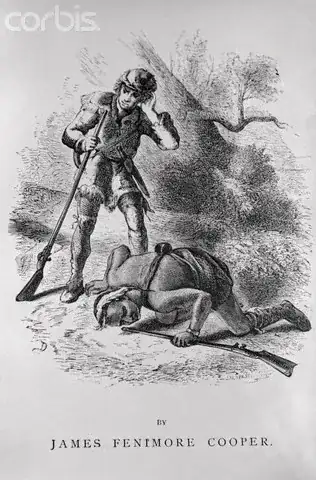According to the 1832 book Six Months in America, volume II, at page 67:
At certain seasons of the year, their tramping and bellowing may be heard at a vast distance on the plains, by putting the ear to the ground; and in this way, if heard in the morning, incredible as it may appear, it will sometimes be evening before the hunters can come up with them.
in reference to bison hunting by native Americans.
And according to Technology for Diagnostic Sonography at page 11:
Watching late-night western movies teaches that one does not listen for the sound of an oncoming train or a herd of buffalo in a normal standing position. Every youngster learned from old westerns that you put your ear to the rail or to the ground. The late John Wayne most likely would not have said, “Put your ear to the ground because that way you will eliminate the acoustic impedance mismatch and thus get a better sound transfer,” but he should have, for that is the case.
